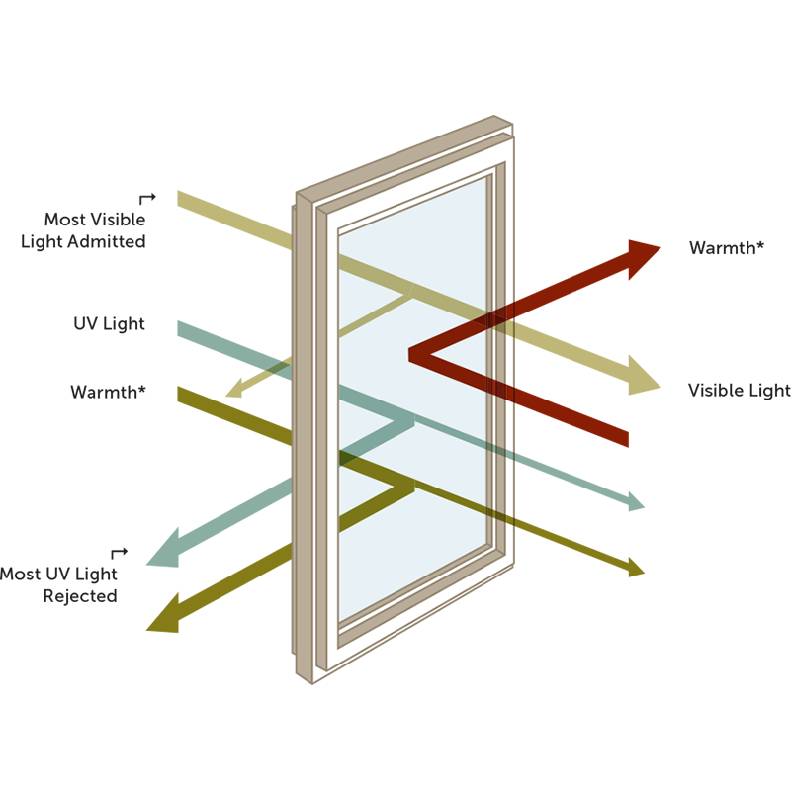

Understanding Tempered Glass Its Properties and Applications
Tempered glass, also known as toughened glass, is a type of safety glass that has been treated through controlled thermal processes to increase its strength compared to normal glass. The process involves heating the glass to a high temperature and then cooling it rapidly, which creates internal stresses that enhance its durability. This article explores the properties, manufacturing process, benefits, and applications of tempered glass.
Properties of Tempered Glass
One of the most notable properties of tempered glass is its strength. It can endure significant impact and withstand high temperatures, making it an ideal choice for various architectural and automotive applications. Tempered glass is about five to six times stronger than standard glass of the same thickness. Additionally, when broken, tempered glass shatters into small, blunt pieces, minimizing the risk of injury compared to ordinary glass, which can break into sharp shards.
Manufacturing Process
The manufacturing of tempered glass involves several key steps. It begins with the selection of high-quality raw materials, primarily silica sand. The glass is then shaped and cut to the desired dimensions. The next stage is the heating process. The glass is heated in a furnace to around 620 to 700 degrees Celsius (approximately 1,150 to 1,300 degrees Fahrenheit).
Once the glass reaches the desired temperature, it is rapidly cooled using powerful air jets in a process known as quenching. This rapid cooling is critical; it introduces compressive stresses on the surface and tensile stresses within the glass, enhancing its structural integrity. After the tempering process, the glass is inspected for quality, ensuring it meets all safety standards before being dispatched for use.
Benefits of Tempered Glass

Tempered glass offers numerous benefits over conventional glass. Its enhanced strength makes it suitable for environments where safety is a concern. The ability to withstand extreme temperature changes also makes it versatile in various climate conditions. For example, tempered glass is often used in shower doors, glass doors and tables, facades of buildings, and windows.
Moreover, tempering can be customized to enhance aesthetic appeal. Tempered glass can be tinted, frosted, or printed with various designs, allowing architects and designers to integrate it seamlessly into modern architectural styles. Furthermore, it aligns with trends towards environmentally friendly building materials, as it can be manufactured using sustainable practices and can contribute to energy efficiency in buildings.
Applications of Tempered Glass
The applications of tempered glass are vast and varied. In the architectural sector, it is widely used in the construction of commercial buildings and skyscrapers, providing both safety and elegance. In residential settings, tempered glass is common in shower enclosures, glass doors, and tabletops.
In the automotive industry, tempered glass is utilized for side and rear windows, where added strength and fracture safety are paramount. The use of tempered glass is also found in electronics, particularly in smartphone screens and secure display cases, where durability is essential.
Conclusion
Tempered glass represents a significant advancement in safety and application versatility. With its remarkable strength, resistance to thermal stress, and safe breakage pattern, it has become an indispensable material in numerous industries. As technology and design continue to evolve, tempered glass will undoubtedly play a vital role in shaping the future of construction, automotive design, and consumer electronics, ensuring that safety and aesthetic appeal go hand in hand.